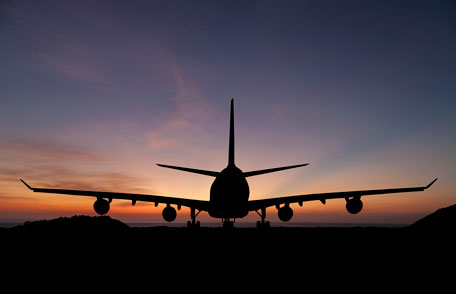Shortage of pilots in commercial airlines; Less qualified fly aircraft
By Dheeshma Published on 24 Nov 2019 6:04 AM GMT
Hyderabad: At a time when the aviation industry is booming, the Ministry of Civil Aviation has contended that the industry’s growth and induction of new type of aircraft have given birth to a new problem-a shortage of type rated Pilot-in-command in commercial airlines in the country.
Because of this shortage, co-pilots who do not possess experience and training as mandated by the safety regulator are employed as Pilot-in-command.
To cover the shortage of type-rated pilots, validation of foreign pilots is also done by the airlines. The foreign pilots are phased out by the airlines once the co-pilots instructed by them gain the mandated training.
Pilot-in-command is a special permit or license with a particular type of aircraft which people generally prefer on aircraft which is commonly found in their regional aviation industry.
Rakesh Dhannarapu, an Ex- Cadet pilot, told NewsMeter, “Becoming a Pilot-in-command takes time and special qualifications. The speed at which a pilot transitions through his ranks is dependent on the regional aviation regulator, the airline, the training infrastructure and resources available.”
The aviation industry in India, which was hit hard by the grounding of Kingfisher and Jet Airways, has rendered many aspirants jobless.
“With the boom in aviation relatively new, many people are seen switching professions as a pilot draws handsome pay. Of late, many Air Force pilots too are seen switching their professions to commercial aviation due to the rise in the need for experienced pilots,” Rakesh added.
The multiplying fleet size in India and a comparatively young pilot workforce creates a challenging situation for the airlines to cope up with. There is a strong need to fill this gap with qualified ex-pats pilots who will be phased out slowly, as and when the regional pilots accumulate their flying hours and qualifications to transition into a captain.
According to Rakesh, adding to this issue is there are few flight schools in India. This can also be attributed to the cost of training in the country.
“Apart from that, there are a lot of cultural differences that come up in cockpit when flying along with an expat pilot. If these differences are not settled or neutralized through proper training by the airline, it might give rise to human factor errors.
Many regional airlines in India are in joint ventures with leading overseas flying schools to train cadet pilots abroad to speed up the induction.
